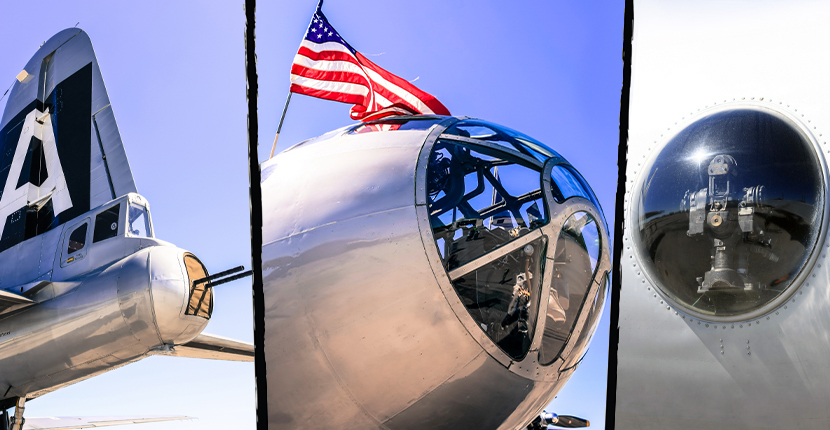The Boeing 17 Flying Fortress bomber was meant to replace the need for a fighter escort for large, long-range bombing runs.
Despite its impressive firepower and impressive numbers (over 12,000 were built), the hefty B-17 bomber still required escorts during its missions as its guns, manually fired with few exceptions, had several blind spots, the most prominent of which were at the front and underside.
Flying at the bombers head-on and porpoising to rake the underbellies allowed the Luftwaffe to reap a heavy toll on the relatively slow aircraft. Even damaging a single engine could prove fatal as the wounded flyer’s slower speed made it easy prey for even the most incompetent pilot.
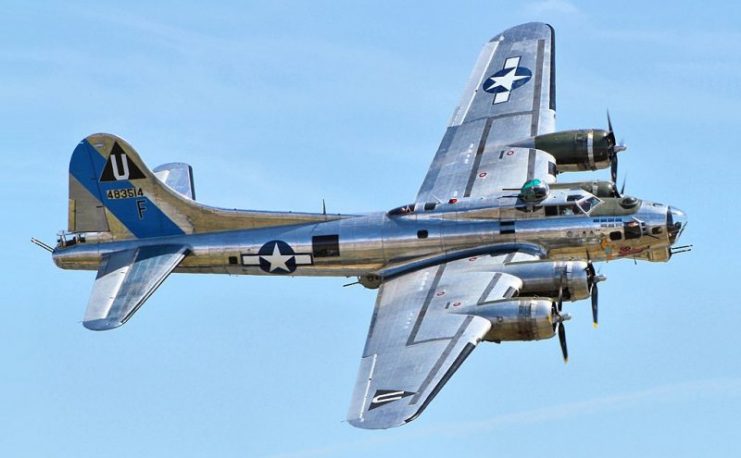
A good example of the high casualty rate B-17s faced is the second raid on Schweinfurt – October 19, 1943. During the bombing run, 60 B-17s were destroyed and 138 damaged in an air raid composed of nearly 291 bombers.
Without a fighter escort, the B-17s were chewed to pieces; even with an escort, the combined danger of enemy pilots and ground flak could prove their undoing. Although chin turrets and a remote-controlled underbelly gun were added as the war continued, many felt a new bomber was required – one not reliant on a fighter escort to survive its missions.
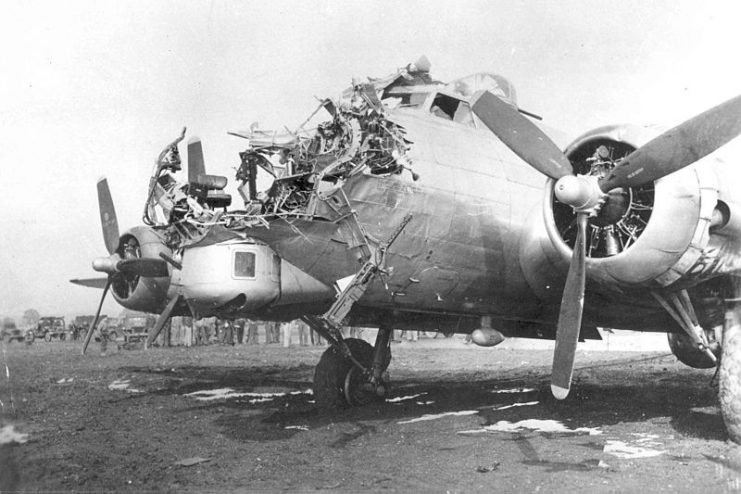
The solution to this appeared to be the Boeing-29 Superfortress. Larger than the B-17, the B-29 sported more advanced technology that marked it as possibly the most advanced propeller-driven airplane in World War II.
Although development started during the mid-war period, production did not start until later. As a result, less than 3,000 of the bombers were built.
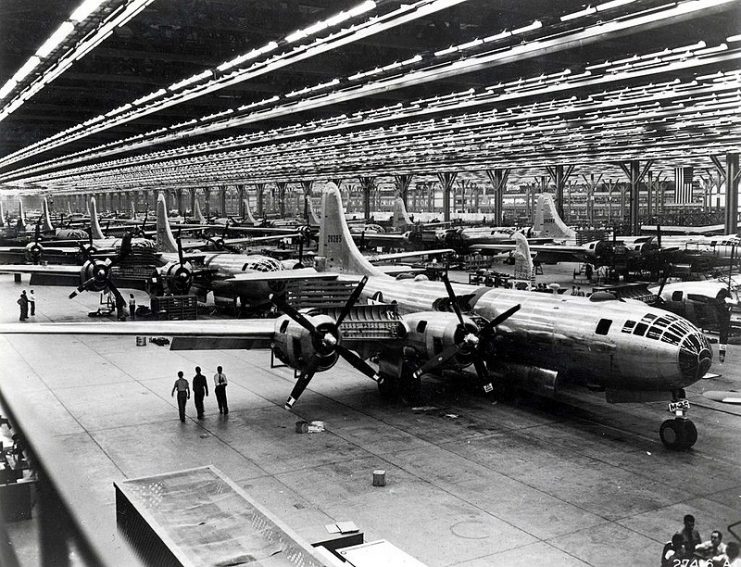
Despite this, the B-29 represented the pinnacle of 1940s technology. Designed for high altitude bombing, the hefty bomber sported a pressurized cabin, allowing it to fly higher than the B-17 and for the crew to fly much more comfortably than in their B-17 counterparts.
Advancing on the remote-controlled underbelly gun of the smaller bomber, and based on similar systems used on naval warships, the B-29 sported no less than four machine-gun turrets operated by a fire control system. The early analog computer meant a single gunner and fire control officer could operate all four guns.
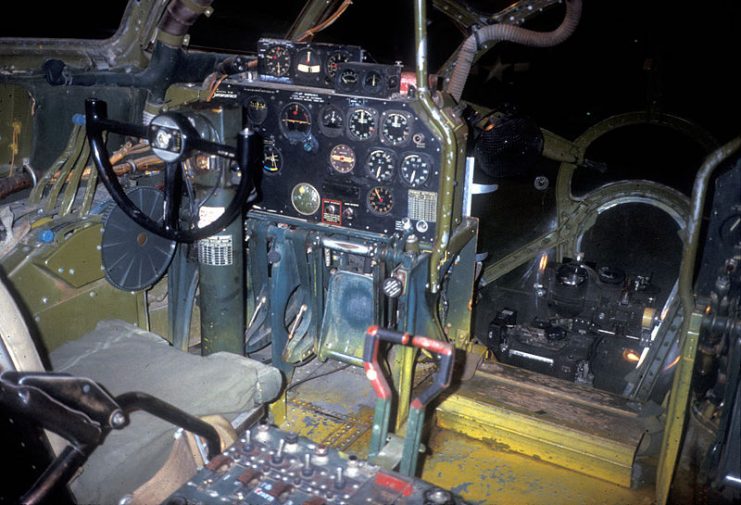
Although certainly bigger and more advanced than the B-17 in terms of innovation, the question remains as to whether the newer bomber was, in fact, more capable of defending itself than the more numerous B-17.
Unfortunately, or perhaps fortunately for the B-29 crews, few competent pilots remained to attempt to force back the numerous bombers blotting their skies.
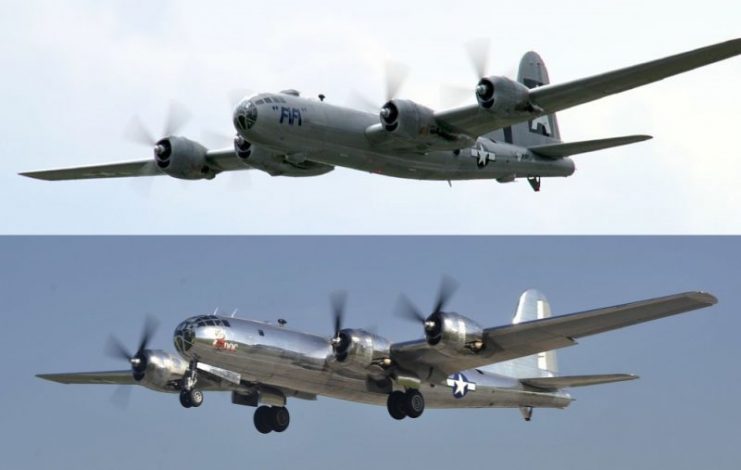
Although accurate data comparing the effectiveness of the B-29 versus the B-17 in self-defense is difficult to obtain, some rough theories can be gathered from the data that exists. Returning to the Battle of Schweinfurt, the B-17 gunners managed to down 18 enemy fighters, in contrast to the 60 bombers lost. In other words, for every enemy fighter downed, three bombers joined them.
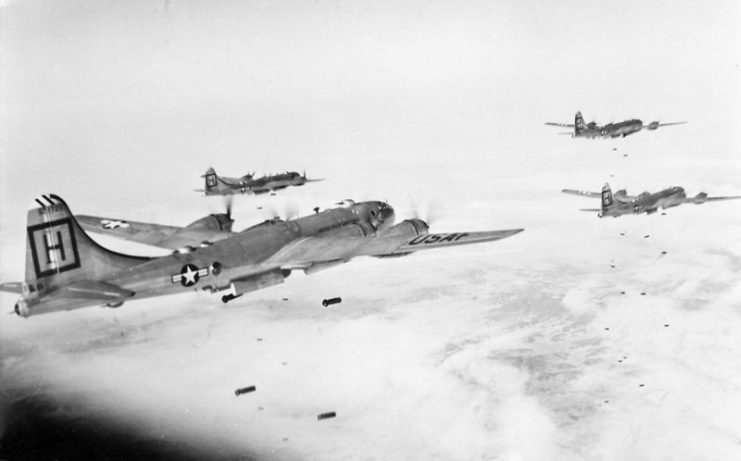
In an admittedly non-comparable comparison, a B-29 flying over Tokyo near the end of the war shot down twelve fighters and survived ramming attacks by two more.
Subjectively, the B-29 represented a superior heavy bomber more capable of defending itself, thus reducing or even eliminating the need for a fighter escort. Even the best human pilot failed to keep up with early computer calculations and tracking.
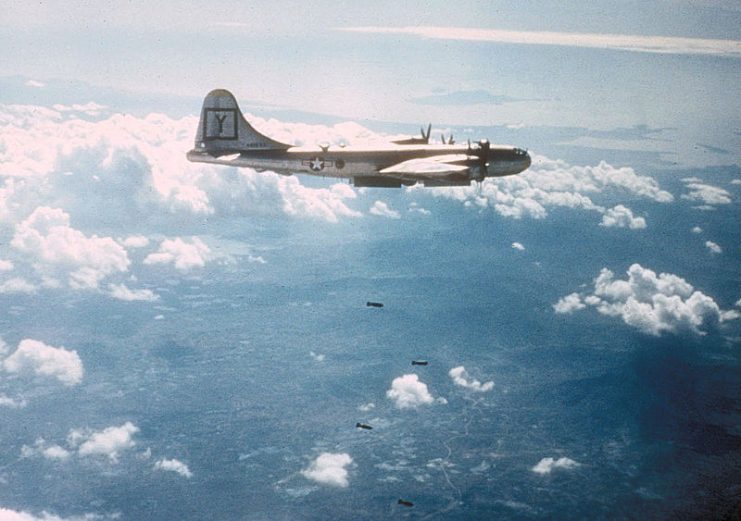
Whether a Flying Fortress or a Superfortress, the era of massive propeller-based bombing runs was coming to an end. Unfortunately for the United States’ military budget, the future Air Force managed to convince enough influential people to continue to spend money on such endeavors through Korea and into Vietnam.
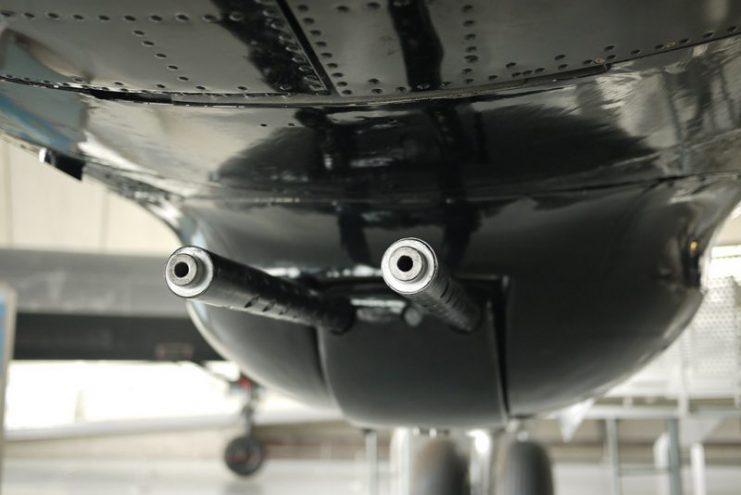
The remote-controlled turrets of both bombers represented a future where such aircraft would be completely obsolete. Already, at the B-29’s entry into the war, the Luftwaffe unleashed the first jet engines into combat.
Read another story from us: B-17 Flying Fortress – Top Facts About the WWII American Bomber
Regardless, the advancements of the B-29 clearly represented a new age in aircraft technology. How future generations would use that knowledge mattered far less to the crews of the bombers than the fact that, instead of facing casualty rates of 20%, they could reasonably expect to survive enough missions to earn their rotation stateside. Their counterparts in the B-17 could not say the same.
